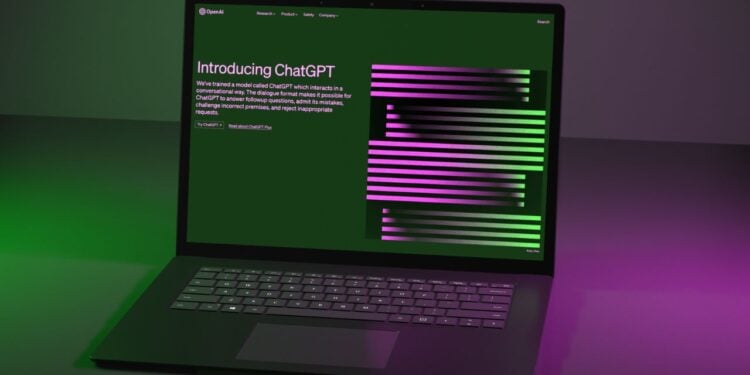- AI use is skyrocketing in the workplace, with over half of companies now employing generative AI tools to enhance productivity and creativity, despite concerns about regulation and job loss.
- At JLL, a proprietary AI tool streamlines tedious tasks, allowing employees to focus on high-level work, demonstrating AI’s ability to reveal insights quickly and aid in complex decision-making.
- While AI tools like ChatGPT boost efficiency, organizations must set clear guidelines and expectations, as these technologies require careful input and oversight to ensure accuracy and relevance in outputs.
This article was written by JLL‘s Kari Smith for Work Design Magazine.
The 2024 Workplace will see employees using AI, ChatGPT and similar generative AI applications much more frequently. As we all explore what these tools can (and cannot) do, we will begin using them in new ways, pushing the limits of the technology, boosting productivity and uncovering new insights.
Some of the more recent survey numbers show that the number of companies using generative AI is now topping 50%. A lot of the discussion around artificial intelligence has understandably focused on the drawbacks, namely the lack of regulation and apocalyptic scenarios of lost jobs. I think a lot of that conversation will shake out in the coming year. Organizations and individuals will feel more comfortable using these tools to their advantage and companies that embrace the technology with smart guardrails and training will be in the best position. From personal experience, I can tell you that this is the kind of digital assistance that saves an incredible amount of time and tedium.
Real-World Use and Implications
At JLL, we have our own proprietary version of ChatGPT with our own, in-house data that makes it super relevant to our work. By using AI for the most time-consuming, tedious tasks, I can spend more time on the higher-level, meaningful work that my clients want. Yes, it makes us more efficient in some ways, but truly this is a tool that can enhance the potential of everyone in the real estate ecosystem. It gives us more time to spend on the important things that we bring to the table.
Recently, I was up against a tight deadline. We had surveyed one of our large clients to get employee input on moving toward a hybrid workplace model with unassigned workstations. We wanted to find out what concerned employees and what excited them most about the concept. Normally, parsing this kind of data could take a few days at least, but I used our closed and confidential generative AI program to reveal patterns and get a clear direction very quickly. Instead of mining and collating data, I focused on the deeper work of analysis, messaging, planning, and communications—areas that were of specific concern to our client.
Along with help in statistical and regression analysis, we are also seeing an uptick in using AI for collaboration and sharing ideas within our team, integrating it into the first steps of brainstorming new ideas and innovating new solutions.
Adding Guardrails for Success
Now, nothing is perfect. And ChatGPT and similar programs are not some kind of panacea for all the administrative tasks that come with any job. There are some things organizations and employees need to think about before making it a staple of a project workflow. The first thing to remember is that timelines will be shortened, which means that client expectations will likely climb in kind. If the time to create a report or a deliverable is cut in half, that timeline will become the new normal. No more excuses about how long it takes to parse data—the application is doing it for you and, while it has so far been accurate for me, a knowledgeable human being still has to review everything to make sure it’s correct and makes sense.
Using these tools also takes practice. The instructions and parameters you put in will make or break what it gives back to you. Be specific about your audience, the tone you want, and give it a personality. Inputting “find common threads in this data set” will not get close to the same result as “find common threads in this survey data and explain what the top three concerns were. Then explain the top three things respondents were excited about. The audience works for a corporation of 1000 people, aged 25-70. The tone is accessible but not overly casual.”
Like most things, you get out what you put in. If you do your research and homework ahead of time, generative AI can be a tool that enhances productivity for people across the board. We are using it ourselves and so are many of our clients. Some clients are even using training in generative AI as a retention perk to employees, showing them how they can use it to make their work lives less stressful. As the software itself improves and organizations become more comfortable with it, 2024 will see it become as ubiquitous a work tool as email.


 Dr. Gleb Tsipursky – The Office Whisperer
Dr. Gleb Tsipursky – The Office Whisperer Nirit Cohen – WorkFutures
Nirit Cohen – WorkFutures Angela Howard – Culture Expert
Angela Howard – Culture Expert Drew Jones – Design & Innovation
Drew Jones – Design & Innovation Jonathan Price – CRE & Flex Expert
Jonathan Price – CRE & Flex Expert











